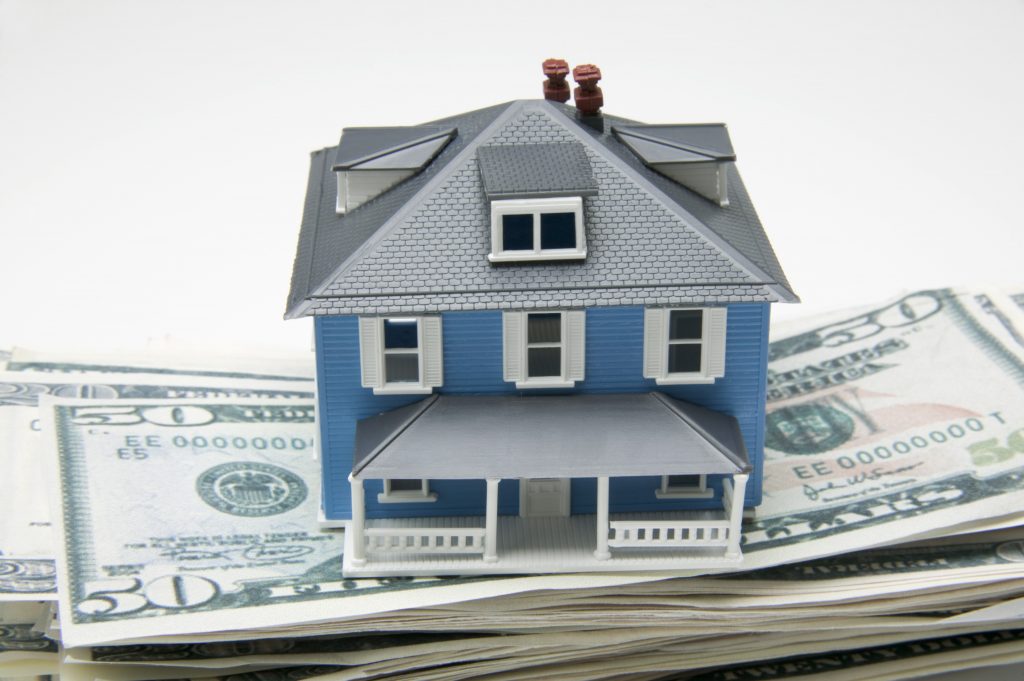A Brief Guideline to Home Equity Loans
 Under a home equality loan or HELOC you can get a loan using equity of your home as collateral. Just consider it as a second mortgage which turns equity into cash.
Under a home equality loan or HELOC you can get a loan using equity of your home as collateral. Just consider it as a second mortgage which turns equity into cash.
Before we proceed, we need to understand the following terms:
Collateral guarantees a pledge to repay a debt. The lender will have control over the collateral when you fail to pay back the loan. When you use your home as a line of credit, it becomes collateral. Failure to repay the loan will cost you the home.
Equity is the difference between the market value of the home and the amount you owe on it.
What Happens When Your Home Value Goes Up
Suppose you bought a home for $150,000. Your down payment was $20,000 and the sum you borrowed was $130,000. Then, your equity is same to the down payment i.e. $20,000.
Now move on to a scenario after five years. After making a series of monthly payment, the amount you owe stands at $117,000. Also suppose that during this period the value of your house increased significantly and now worths $200,000. Therefore, the equity will be the difference between them or $83,000.
What If Your Home Value Depreciates
Now suppose that you bought a house for $150,000. Your down payment is $20,000 and the amount of loan is $130,000. After 5 years your outstanding balance stands at $117,000.
Because of a price fall, your home doesn’t worth more than $105,000. However, there is still $117,000 due. Since the market value is now lesser than the amount you owe, you are no more eligible for a home equity loan.
Different Kinds of Home Equity Debt
Often we miss the point that there is a visible difference between home equity lines of credit and home equity loans. Both of them are repaid in a shorter time span. The usual mortgage repayment period is 15 years. However, it could be as short as 5 and as long as 30 years as well.
A home equity loan is just like another lump sum that you have to pay over a definite period of time. The payment and interest rate is also fixed for every month.
On the other hand, a home equity line of credit is quite similar to a credit card. It always maintains a revolving balance. Through a HELOC, you can borrow a certain amount during the lifetime of the loan. After paying off the principal, there is room for reusing the credit like a credit card. A HELOC offers more options than a regular home equity loan. In case of a home equity loan, you can still be in a debt after paying the interest.
Terms and Repayment
The interest rate in a line of credit might change throughout the duration of the loan. Hence, you have to make varying payments, depending on the rate of interest. During the repayment period, it is not possible to add new debt. And, it is obligatory to repay the balance during remaining lifespan of the loan.
The draw period is usually between 5-10 years. In case of repayment which is 10-15 years. However, each lender can designate its own repayment and draw periods.